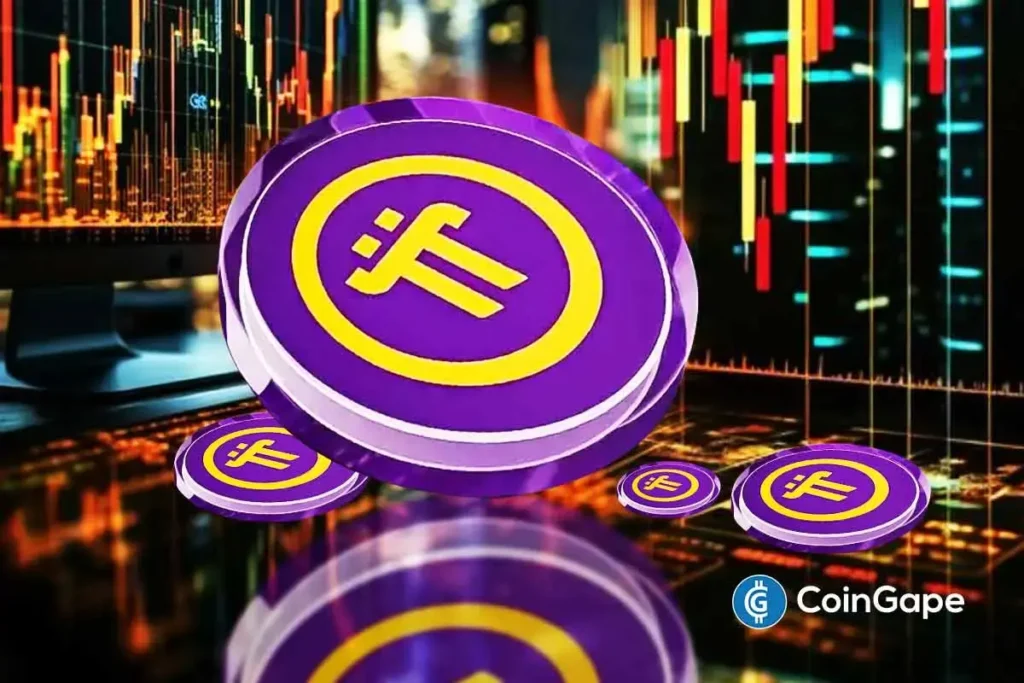Pi Network: Analyzing the $18 Billion Value Decline and Community Concerns
In recent months, Pi Network, once valued at over $20 billion, has faced significant challenges, losing more than $18 billion in just six months. This sharp decline in investor confidence has drawn the attention of industry analysts and experts, leading some, such as Mr. Spock Ape, to label the project as a potential “rug pull.” As the community grapples with this loss, many continue to mine without fully comprehending the project’s troubled trajectory.
The Decline of Investor Confidence
Pi Network’s valuation has dramatically declined, resulting in a staggering 90% drop from its all-time high. Mr. Spock Ape emphasized that many "Pioneers," or miners in the Pi community, are unaware of the scale of the project’s financial turmoil. Despite this, some cling to the notion of the “Global Consensus Value” (GCV), which claims that one Pi would equal $314,159. This belief, however, is labeled a myth by skeptics who argue that it obscures the harsh realities of a project struggling to find liquidity and external listings.
Leadership Scrutiny and Internal Issues
Further compounding investor unease are allegations that have surfaced regarding the leadership of Pi Network. Former executive McPhilip accused the core team of mismanaging approximately $20 million and claimed he was wrongfully dismissed. Legal disputes have brought to light tensions between co-founders Dr. Nicolas Kokkalis and Chengdiao Fan, with insiders describing a “toxic work environment.” These ongoing allegations have intensified calls for increased transparency in fund management and mining rewards, as community members demand answers regarding where their investments have gone.
Falling Out of Favor in the Market
Due to a lack of significant ecosystem advancements, Pi Coin fell out of the top 50 cryptocurrencies. Despite ongoing efforts to reduce its supply, the token continues its downward spiral. Recent adjustments, such as the base mining rate being cut to 0.0027405 π per hour—a 1.23% reduction—demonstrate the project’s struggle. Currently, it takes over 15 days to mine a single Pi without bonuses, raising concerns about its long-term viability and attractiveness to new users.
Technical Upgrades and Community Reaction
In a bid to revitalize the project, Pi Network has rolled out several technical upgrades, but these efforts have yet to restore investor confidence. Among the announced features is the addition of decentralized exchange (DEX) and automated market maker (AMM) tools on its testnet, aimed at providing developers a platform to simulate decentralized finance (DeFi) activities. Additionally, the upgrade to testnet version 20 is touted as a significant step toward the ultimate mainnet launch, enhancing the blockchain’s capacity for additional applications.
Fast Track to KYC and Future Hopes
In light of previous delays, the introduction of a “Fast Track KYC” feature has been seen as positive by some community members. This new AI-driven system allows for quicker user verification, enabling miners to gain access to mainnet wallets sooner. Despite these advancements, skepticism remains regarding the project’s financial stability. Many community members are questioning whether Pi Network can regain the trust of investors after experiencing such a substantial $18 billion loss in value.
Conclusion: A Path Forward for Pi Network
As Pi Network continues to navigate a tumultuous landscape, the steep decline in its valuation raises critical questions about its future. Leadership challenges, a lack of significant market presence, and ongoing technical adjustments have all contributed to a challenging environment. While recent upgrades and efforts to modernize the user experience provide a glimmer of hope, the project must address transparency and investor relations head-on to rebuild its reputation. Going forward, the community and investors alike will be watching closely to see if Pi Network can transform its fortunes and inspire renewed confidence.


